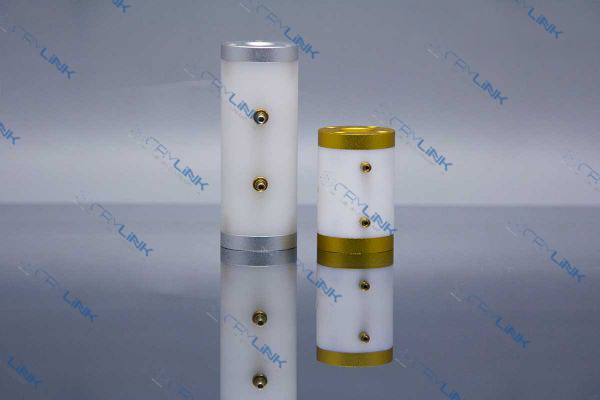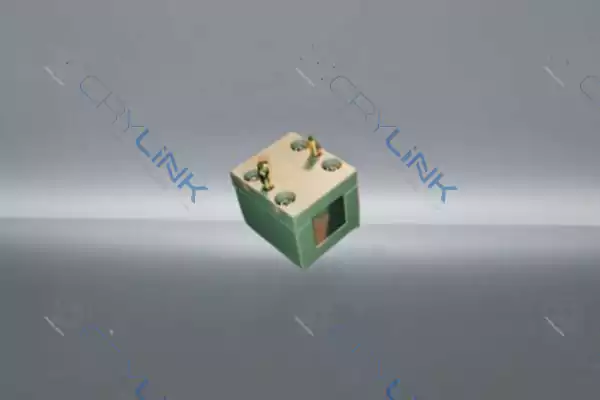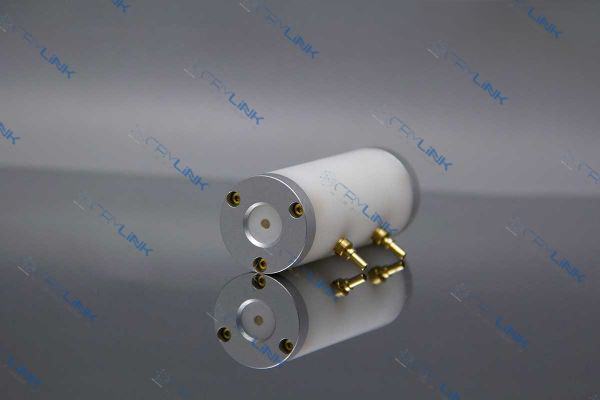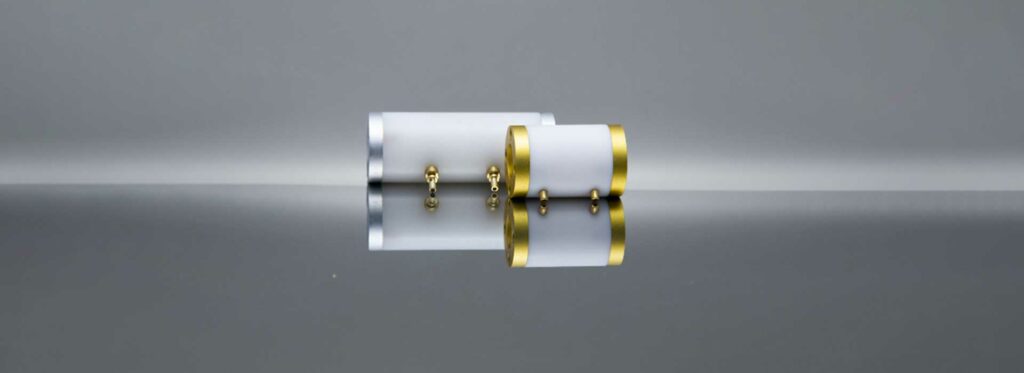1. Introduction:
Within the sophisticated realm of laser technology, an intricate symphony of components and apparatuses coalesce in harmonic precision to orchestrate and maneuver laser light, tailoring it to a spectrum of multifarious applications. A pivotal apparatus in this technological symphony is the Pockels cell. Amidst a diverse array of Pockels cells, two distinct types are predominantly acknowledged due to their unparalleled properties and extensive applicability: the Beta Barium Borate (BBO) and Lithium Niobate Pockels cells.
These distinguished Pockels cells are instrumental across a myriad of disciplines, ranging from nuanced scientific inquiries to meticulous industrial procedures, advanced medical interventions to sophisticated telecommunications. The subsequent discourse delves into an exhaustive exploration of these specific Pockels cells, elucidating their operational mechanisms, inherent properties, advantageous benefits, and potential limitations, thereby providing an insightful perspective into their pivotal role within the expansive field of optoelectronics.
2. What are Pockels Cells?:

To appreciate the role of BBO and Lithium Niobate Pockels cells, it’s essential to understand what Pockels cells are and what they do.Pockels cells can change the polarization state of light passing through them when an electric field is applied. This characteristic makes them versatile and powerful tools in managing light in laser systems. Pockels cells can perform several crucial functions in a laser system, including acting as high-speed shutters, modulating light intensity, and even altering the polarization state of the laser beam. The incredible speed and precision of these devices make them indispensable in the laser world, used extensively for Q-switching in laser cavities, coupling light into and out of regenerative amplifiers, and other high-speed intensity modulation applications. The heart of the Pockels cell is the electro-optic crystal, which comes in different types, each with its unique set of properties, advantages, and challenges.
3. Understanding BBO Pockels Cells:
In the specialized domain of laser technology, the Beta Barium Borate (BBO) Pockels cell emerges as a distinctive entity, leveraging BBO crystals noted for their superior electro-optic coefficients. These coefficients delineate the alteration in refractive index resultant of an electric field application, influencing the Pockels cell’s capacity for light modulation directly. Elevated coefficients enhance the efficacy of the Pockels cell in modulating high-frequency light signals, an attribute that is paramount in systems that necessitate swift response times.
However, the advantages of BBO Pockels cells extend beyond this. They are characterized by an expansive transparency range, enabling them to accommodate a vast light spectrum with minimal absorption or scattering, thereby optimizing the incident light’s utilization. This characteristic, when synergized with their substantial damage threshold, equips BBO Pockels cells with the versatility and resilience required for high-power and high-repetition-rate applications, maintaining operational efficacy.
Nonetheless, like all technological entities, BBO Pockels cells exhibit inherent limitations. They possess a hygroscopic nature, rendering them susceptible to moisture absorption from their surroundings. Without adequate protective measures and storage conditions, this attribute can potentially compromise the longevity and operational efficiency of these cells. Furthermore, the financial investment entailed in acquiring BBO Pockels cells is elevated, predominantly attributed to the intricate production and processing requisites of the BBO crystals. This economic aspect necessitates meticulous consideration of budgetary constraints and operational requirements in the selection and application of BBO Pockels cells within optoelectronic systems.
4. Understanding Lithium Niobate Pockels Cells:
When it comes to Lithium Niobate Pockels cells, we encounter a different set of characteristics. Even though they have lower electro-optic coefficients than BBO Pockels cells, they offer a higher thermal conductivity, which is a crucial factor in maintaining the operational stability of Pockels cells under varied temperature conditions.
Being non-hygroscopic is another significant advantage of Lithium Niobate Pockels cells, eliminating the need for moisture management, which is a challenge with BBO Pockels cells. However, they have a lower optical damage threshold, which makes them less ideal for high-power laser applications compared to BBO Pockels cells.

Despite their limitations, Lithium Niobate Pockels cells are known for their durability and cost-effectiveness. These factors, coupled with their robust performance, make them a common choice in standard laser systems where the budget is a significant concern.
5. Comparative Analysis: BBO vs. Lithium Niobate:
BBO Pockels cells stand out due to their high electro-optic coefficients, which is a direct measure of their capability to modulate light signals. This feature becomes exceedingly important in applications that require fast response times. For instance, in applications like high-speed photography or high-intensity pulsed lasers for medical and industrial purposes, BBO Pockels cells shine with their superior performance. Furthermore, their broad transparency range and high damage threshold enable them to handle a diverse array of light without significant absorption or scattering, making them suitable for high-power applications.
However, their major disadvantage lies in their hygroscopic nature. BBO Pockels cells absorb moisture from the environment, which can impair their performance and longevity if not properly managed. Another factor to consider is the cost associated with BBO Pockels cells. The procurement and processing of BBO crystals contribute significantly to their overall cost, which is higher than that of many other Pockels cells, including Lithium Niobate.
On the flip side, Lithium Niobate Pockels cells present a balance of performance, durability, and cost-effectiveness. Even though their electro-optic coefficients are lower than those of BBO Pockels cells, they still perform remarkably well in standard applications. An added advantage is their higher thermal conductivity, which helps maintain stable operations across varied temperature conditions, a critical factor in certain industrial and research applications.

Unlike BBO Pockels cells, Lithium Niobate Pockels cells are non-hygroscopic. This feature significantly reduces the need for rigorous environmental control and helps in preventing damage associated with moisture absorption. Though they do have a lower optical damage threshold, which makes them less suitable for high-power applications, their relative affordability makes them a preferred option in scenarios where cost is a significant concern.
6. Practical Applications of BBO and Lithium Niobate Pockels Cells:
BBO and Lithium Niobate Pockels cells have carved their niches across a wide array of applications. The high power handling capability of BBO Pockels cells makes them well-suited for tasks like high-speed photography and laser surgery, where high-intensity, rapid light pulses are needed. They are also employed in high-end research applications where their impressive performance can be fully leveraged.
Lithium Niobate Pockels cells, with their commendable durability and cost-effectiveness, are frequently employed in telecommunications where they modulate light signals. They are also a common feature in laser systems for applications such as Q-switching and cavity dumping. Their durability lends them well to industrial material processing applications, where the ability to withstand rough conditions is a necessity.
7. Conclusion:
In sum, both BBO and Lithium Niobate Pockels cells play integral roles in the field of laser technology. Each shines in its unique way with distinct advantages, characteristics, and applications. The choice between them ultimately depends on the specifics of the application – including power levels, repetition rates, budget, and environmental considerations. As laser technology evolves and continues to make strides, we can anticipate seeing these critical components adapting and growing alongside, heralding exciting possibilities in the world of photonics.

Frank
Frank graduated from the University of Shanghai for Science and Technology, majoring in optics. As a technical engineer at Crylink Company, he deeply understands crystal materials and laser components.
Related Video(s) with this Article
Related Product(s) with this Article
Related Application(s) with this Article


